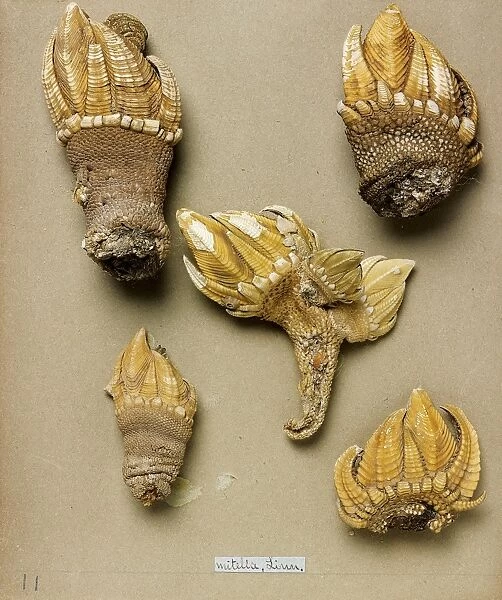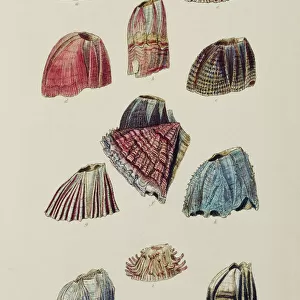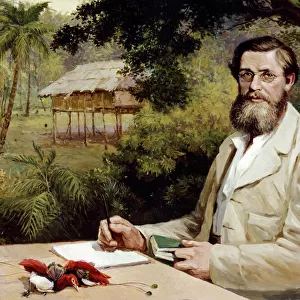Home > Animals > Crustaceans > Barnacle
Pollicipes mitella
![]()

Wall Art and Photo Gifts from Mary Evans Picture Library
Pollicipes mitella
These barnacles were collected by Hugh Cuming who is mostly known for collecting shells. He gave Darwin his barnacle collection to study. Barnacles such as Pollicipes were fascinating to Darwin, especially their reproductive biology. As a self-taught zoologist, he spent eight years of his life dedicated to working on the taxonomy of barnacles
Mary Evans Picture Library makes available wonderful images created for people to enjoy over the centuries
Media ID 8623706
© Mary Evans Picture Library 2015 - https://copyrighthub.org/s0/hub1/creation/maryevans/MaryEvansPictureID/10716325
Arthropod Arthropoda Barnacle Charles Darwin Crustacea Crustacean Maxillopod Maxillopoda Scale Acorn Barnacle Cirripedia Invertebrata
FEATURES IN THESE COLLECTIONS
> Animals
> Crustaceans
> Barnacle
> Animals
> Insects
> Hemiptera
> Yellow Scale
> Historic
> Famous inventors and scientists
> Charles Darwin
EDITORS COMMENTS
This image showcases Pollicipes mitella, a remarkable barnacle species, which was meticulously collected by the esteemed naturalist Hugh Cuming during his explorations. Cuming is renowned for his extensive shell collection, but his contribution to science extends beyond that, as he also presented Darwin with a significant barnacle collection for study. Pollicipes mitella, also known as the whale barnacle or acorn barnacle, is a member of the Cirripedia order, specifically the Coronulidae family. This crustacean is classified under the phylum Arthropoda, class Maxillopoda, and order Decapoda. The barnacle's distinct yellow coloration and sessile lifestyle make it a fascinating subject for both Cuming and Darwin. Darwin, a self-taught zoologist, dedicated eight years of his life to studying the taxonomy of barnacles. The reproductive biology of barnacles, such as Pollicipes mitella, was particularly intriguing to him. The barnacle's complex life cycle, involving both larval and adult stages attached to different substrates, was a mystery that Darwin worked tirelessly to unravel. The image reveals the intricate details of Pollicipes mitella's anatomy, including its cirri or tentacles, which it uses to filter feed. The barnacle's maxillipeds, modified legs used for feeding, are also visible. The close-up perspective highlights the barnacle's delicate structure, demonstrating the beauty and complexity of the natural world that Cuming and Darwin sought to understand.
MADE IN AUSTRALIA
Safe Shipping with 30 Day Money Back Guarantee
FREE PERSONALISATION*
We are proud to offer a range of customisation features including Personalised Captions, Color Filters and Picture Zoom Tools
SECURE PAYMENTS
We happily accept a wide range of payment options so you can pay for the things you need in the way that is most convenient for you
* Options may vary by product and licensing agreement. Zoomed Pictures can be adjusted in the Cart.






